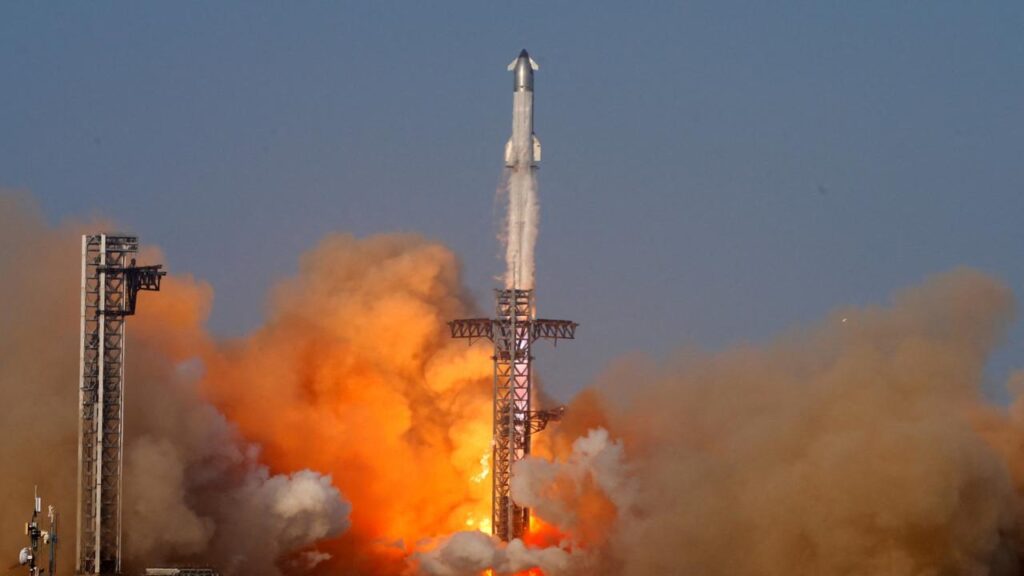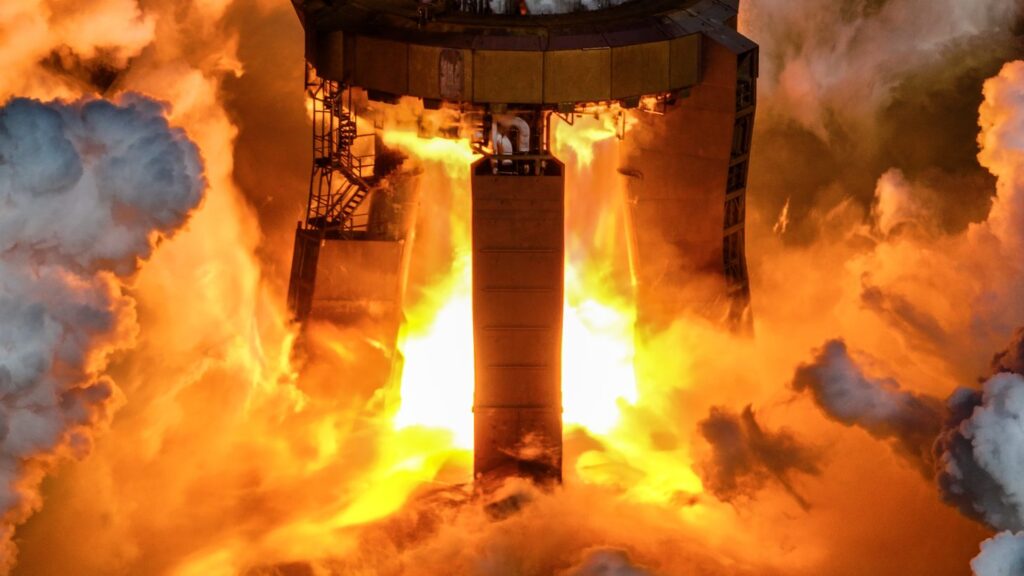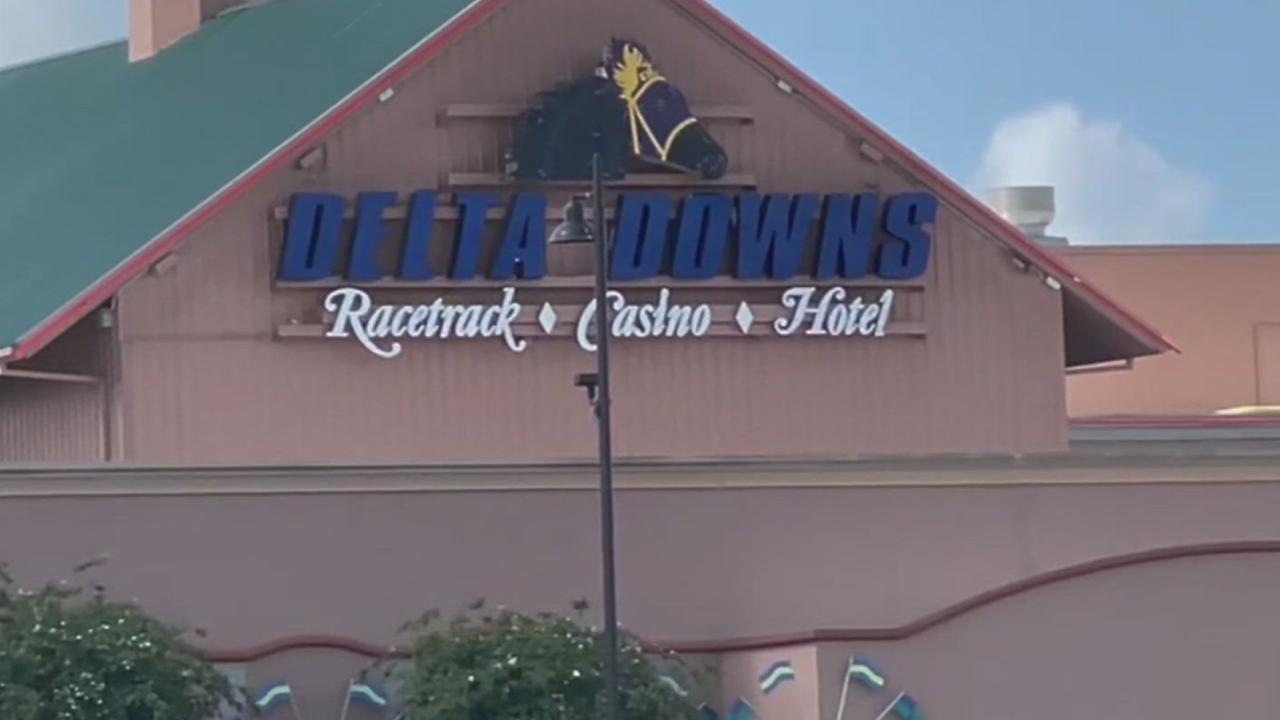Late Tuesday night, SpaceX’s latest Starship prototype went up in flames at its Texas facility, marking yet another dramatic setback for Elon Musk’s Mars-bound rocket program. The blast lit up the South Texas sky and raised fresh questions about safety and reliability—but SpaceX insists it’s all part of the plan.

SpaceX Disaster: Starship Suddenly Explodes at Texas Site
| Takeaway | Stat |
|---|---|
| Explosion occurred during static fire prep | ~11:01 p.m. CDT on June 18 |
| No injuries reported | 100% crew evacuation prior to ignition |
| FAA investigation ongoing | One of several Starship incidents in 2025 |
SpaceX’s Starship may have gone up in smoke again, but if history is any guide, the company will be back on the pad within weeks—this time with Ship 37. The explosion at Starbase wasn’t the end of the dream to reach Mars. It was just another fiery chapter in a long story of innovation through trial and error.
A Fiery Failure in Texas
On the night of June 18, at SpaceX’s sprawling Starbase in Boca Chica, Texas, Ship 36 was undergoing a static fire test—a routine procedure meant to ignite its engines while clamped to the launch pad. Then, at precisely 11:01 p.m., something went horribly wrong.
A sudden explosion sent fire and debris into the night sky, instantly obliterating the stainless steel rocket. Shockwaves were reportedly felt several miles away. The company later confirmed the incident as a “major anomaly”, emphasizing that all personnel had safely evacuated prior to the blast.
This wasn’t the rocket’s maiden voyage. Ship 36 had been prepping for Flight 10, which was anticipated to launch by the end of June.
What Went Wrong?
Although SpaceX hasn’t released a full technical breakdown yet, the explosion occurred during fuel loading, not the engine firing itself. That timing suggests an issue with the rocket’s plumbing or propellant systems.
This isn’t SpaceX’s first Starship failure in 2025. Earlier this year, Flight 8’s explosion was linked to engine component failures that caused fuel cross-contamination—basically, wrong stuff, wrong place, wrong time. The FAA’s investigation into Flight 8 wrapped up just last week, noting that SpaceX had to upgrade fire suppression, add new venting, and redesign some of the plumbing.
Clearly, more tweaks are needed. “Failures like this are incredibly valuable,” one SpaceX engineer told me last year. “Every boom teaches us more than a dozen quiet tests ever could.” Still, with recurring issues cropping up every few flights, SpaceX faces mounting pressure to stabilize operations.
What Happens to Flight 10?
With Ship 36 now in pieces, Flight 10 is grounded indefinitely. But SpaceX is already pivoting to the next prototype: Ship 37.
This backup vehicle recently completed cryogenic pressure testing and is now being fitted with Raptor engines, the same kind used across the Starship line. If the engine integration and static fire go smoothly, Ship 37 could fly as soon as late July or August.

For now, all eyes are on the investigation. The FAA, SpaceX, and local fire departments are combing through wreckage and telemetry data to determine the precise cause.
Why Starship Still Matters
Despite the blast, the mission behind Starship remains unchanged. This fully reusable heavy-lift system is central to NASA’s Artemis program, which aims to land astronauts on the Moon later this decade. Starship will serve as the lunar lander.
Beyond NASA, Elon Musk envisions using Starship to colonize Mars and launch heavy payloads into orbit—more efficiently and affordably than any rocket before it.
That’s why SpaceX leans hard into its “fail fast, learn fast” philosophy. Each prototype is built knowing it might explode, as long as it helps the next one go further.
What’s Next for Starbase?
The FAA has authorized up to 25 Starship launches per year from the Texas site, with 50 potential landings. However, each anomaly requires a full review and corrective action plan before operations can resume.
Given that this is the sixth major Starship explosion, regulators are likely to scrutinize SpaceX’s rapid development cycle more closely. Still, the agency continues to support the company’s long-term ambitions, noting the program’s potential to revolutionize spaceflight.






